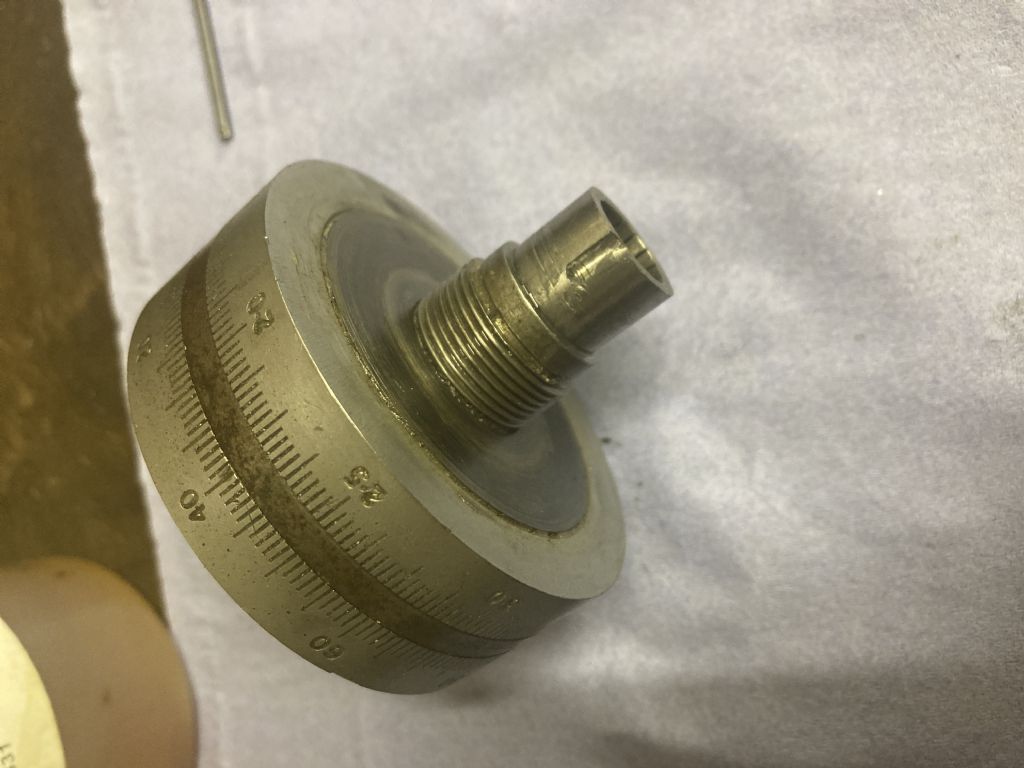How do I disassemble Vickers dual metric/imperial dial?
How do I disassemble Vickers dual metric/imperial dial?
- This topic has 24 replies, 8 voices, and was last updated 24 December 2024 at 21:31 by
thetiffy.
Viewing 25 posts - 1 through 25 (of 25 total)
Viewing 25 posts - 1 through 25 (of 25 total)
- Please log in to reply to this topic. Registering is free and easy using the links on the menu at the top of this page.
Latest Replies
Viewing 25 topics - 1 through 25 (of 25 total)
-
- Topic
- Voices
- Last Post
Viewing 25 topics - 1 through 25 (of 25 total)
Latest Issue
Newsletter Sign-up
Latest Replies
- Sat nag
- Bosch PBD 40 bearing upgrade
- Twin Engineering’s heavy mill/drill quill removal
- Easiest/cheapest source of R8 socket
- New (but well aged) member
- Transwave converter – plugged in motor, tripped RCD
- I’m Under Pressure
- Square end on round stock – Milling?
- File backup to external hard drive, incremental etc?
- Boiler Design – issue 4765









